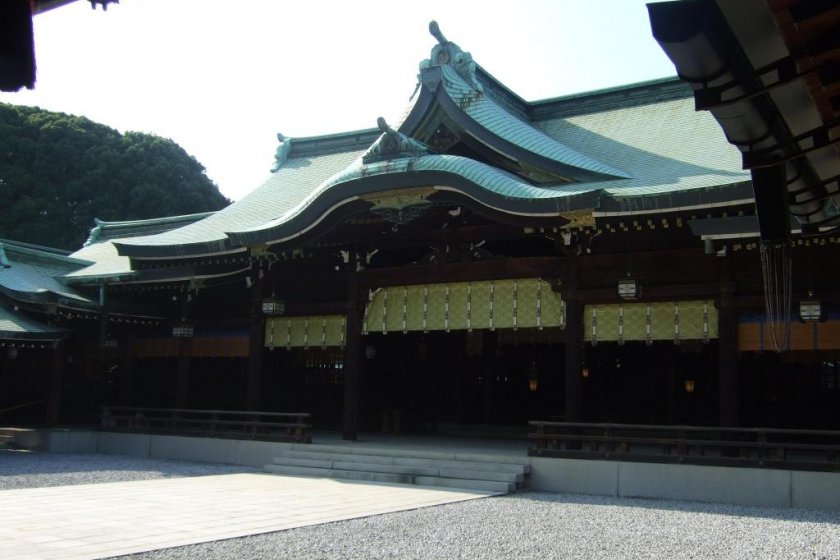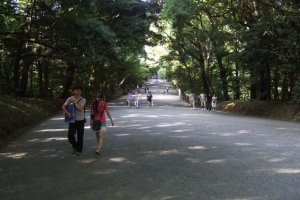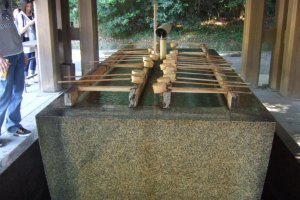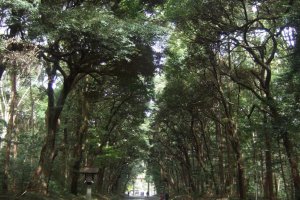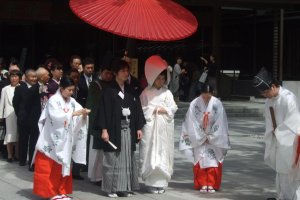When people think of Tokyo; towering skyscrapers, futuristic technology and jam-packed trains often come to mind. However, there are few locations which allow you to escape from all the hustle and bustle of the concrete jungle. One of these places is Meiji Jingu, a Shinto shrine dedicated to the spirits of Emperor Meiji and his wife, Empress Shouken. This divine shrine was originally founded in 1920 but soon met a tragic fate during the Second World War, where it was destroyed. The shrine was rebuilt shortly thereafter however.
The shrine is surrounded by a forest that covers an area of 700,000 square-meters, which consists of 120,000 trees of 365 different species. This forest within a city image is a prime example of the contrast between Japan’s old and new. For example, if you walk five minutes down from the shrine’s main entrance, you will find yourself in Takeshita Dori, the bustling, punk themed street.
The moment you step through the massive torii gate that guards the entrance, you will feel the air of tranquility that resides within the area. Walking along the wide, lengthy path to the shrine is an enjoyable experience in itself as it offers two things you cannot usually find in Tokyo: Precious silence and open space.
Along the way there are a few things that can divert your attention before setting your sights on Meiji Jingu. One of these places is the Inner Garden (admission 500 yen), which is home to one of Japan’s many power spots, ‘Kiyomasa’s Well’. You may also want to visit the treasure house, which displays several personal belongings of the Emperor and Empress. Finally, it may be worth taking a look inside the Museum Annex Building because temporary exhibitions are regularly held inside.
Taking part in typical Shinto activities on the main grounds are well worth doing as you can gain the most out of your spiritual experience. You can cleanse your hands and mouth in order to purify your soul before entry or buy yourself one of the many charms and amulets on offer. Furthermore, you don’t want to miss the chance to write a wish on a wooden plaque, or make an offering at the main hall.
The shrine itself is breathtaking no matter how many times you see it. The wood and copper structure sits calmly on the wide open stone grounds where it awaits your visit. Inside the shrine you can make an offering by throwing some spare change into a wooden box, followed by a clap of the hands to pray. I recommend visiting Meiji Jingu on a Sunday because the chances of seeing a traditional Japanese wedding are high.
Both the shrine and main grounds emanate a sense of serenity and divinity, which are rare feelings to experience in Tokyo. Its ease of access and free admission alone makes this visit a must for anyone and everyone. Whether you want to take a break from the break-neck speeds of the city or just want to experience old Japan, I assure you that Meiji Jingu will not disappoint.
